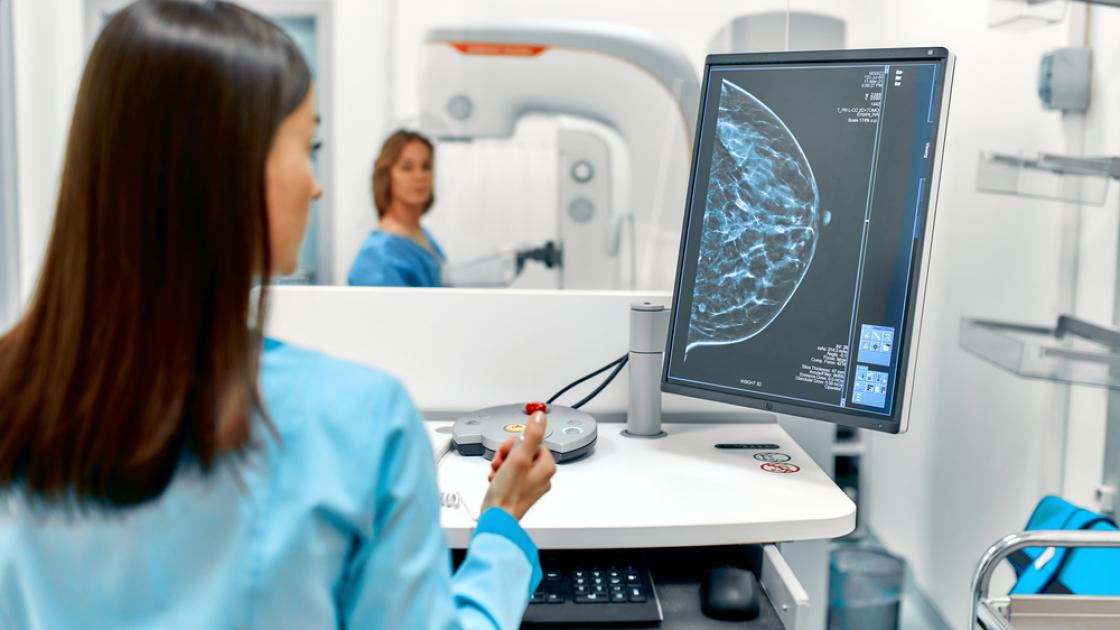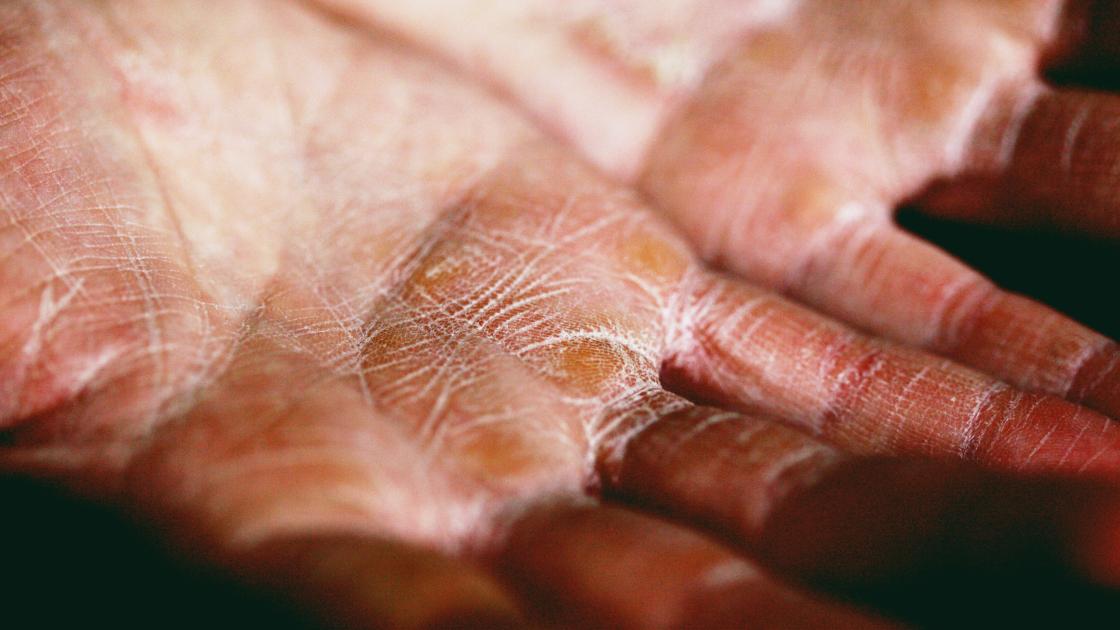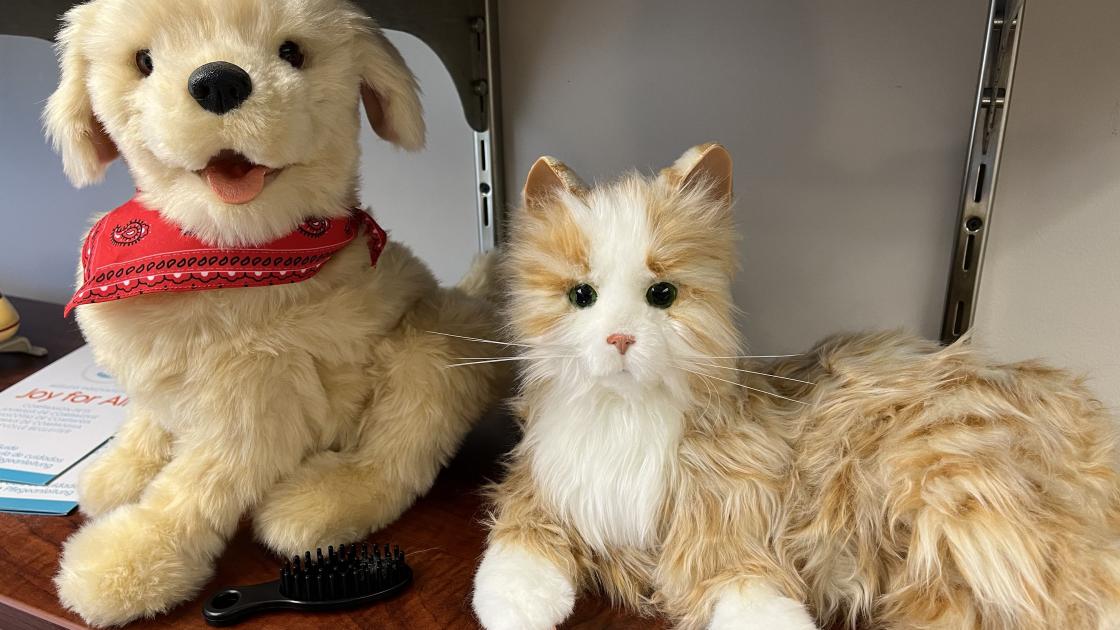
Updated mammogram guidelines for women aged 40 and up: what you need to know
A mammogram is an X-ray image that is taken of each breast. Mammograms are important and potentially life-saving tools that can detect early signs of breast cancer and reduce the risk of dying from this disease. An estimated 1 in 8 American women will be diagnosed with breast cancer at some point in their lives.
A panel of primary care and prevention experts known as the U.S. Preventative Services Task Force (USPSTF) recently updated recommendations regarding the age at which routine breast cancer screening should begin for women in the United States. Read more to learn about these new recommendations and why they were made.
Updated mammogram guidelines
In May of this year, the USPSTF released a statement recommending that all women start screening for breast cancer with mammograms every other year, beginning at age 40. In select cases, screening may also be advised for certain women under the age of 40 based on personal risk factors, such as having a significant family history of breast cancer or having a known genetic mutation associated with elevated breast cancer risk (e.g., mutations in the BRCA1 or BRCA2 gene).
Prior guidelines advised biennial mammograms for women beginning at age 50.
In their statement, the USPSTF explains that their updated guidelines were made in response to an increased rate of breast cancer diagnosed among people younger than 50, as well as an increased number of breast cancer deaths among Black women, who are 40 percent more likely to die of breast cancer than white women.
According to the U.S. Centers for Disease Control and Prevention (CDC), approximately 42,000 women and 500 men die from breast cancer each year in the United States.
Benefits and risks of mammograms
Like all medical interventions, mammograms come with both benefits and risks. Women should be fully informed of these benefits and risks by their health care providers to help them feel more confident about their screening interventions.
The primary benefits of mammograms include:
- The ability to detect breast cancer in its earliest stages—up to three years before any cancerous tumors or lumps can be felt! This allows for earlier treatment and can improve health outcomes for women diagnosed with breast cancer.
- Reduced risk of breast cancer deaths. Data suggest that the routine use of mammography has reduced the rate of breast cancer deaths by almost 40 percent since the 1990s. Experts predict that the upgraded screening guidelines, which now include all women aged 40 and older, will further reduce breast cancer death rates by 20 percent.
While small, the potential risks associated with mammograms include:
- Overdiagnosis, or the risk of "false positives." In other words, a mammogram identifies breast cancer even though it's not actually present. False positive results can lead to additional follow-ups appointments, tests and even biopsies, which can be stressful, costly and time-consuming.
- Missed diagnosis, or the risk of "false negatives," when a mammogram fails to identify breast cancer even though it's actually present. False negative results can delay necessary treatment and lead to a false sense of security in women, who may not realize they are at risk.
Some people worry about exposure to radiation during their mammograms. While radiation is linked to an increased risk of cancer, the amount of radiation exposure from modern-day mammograms is extremely small.
Helpful tips to prepare for your next mammogram
Mammograms only take a few minutes to complete. Unfortunately, many women find them uncomfortable. The experience is different for every woman and depends on factors such as the size and density of her breasts. If you're nervous or anxious before your appointment, spend a few minutes in the waiting room or even in your car taking some deep, slow breaths. You've got this!
The CDC recommends some things you can do to prepare for your mammogram and ensure the best results.
- If possible, avoid scheduling your mammogram during your period or during the week before your period, when your breasts are likely to be more tender.
- Do not wear perfume, deodorant or powder on the day of your mammogram because these products may show up on the X-ray imaging.
- Keep in mind that mammograms require you to undress from your waist up, so consider wearing a shirt or blouse with pants instead of a dress for your appointment. For your comfort, you'll likely be given a smock to wear that opens to the front..
Are you interested in scheduling a mammogram for yourself or a loved one?
If you're looking for mammogram services and personalized breast cancer care, contact SIU Medicine today to schedule an appointment or to find a doctor who can answer your questions.




